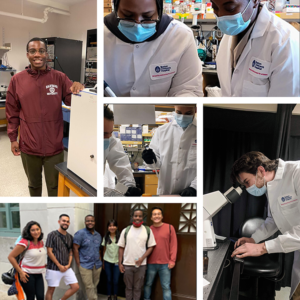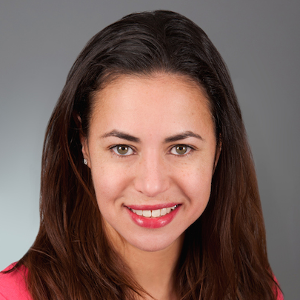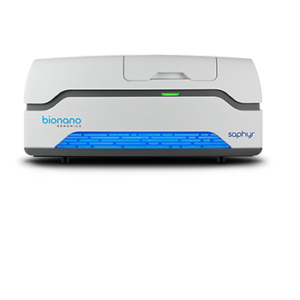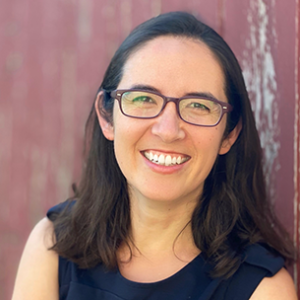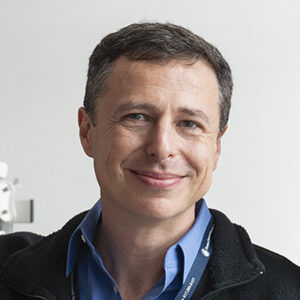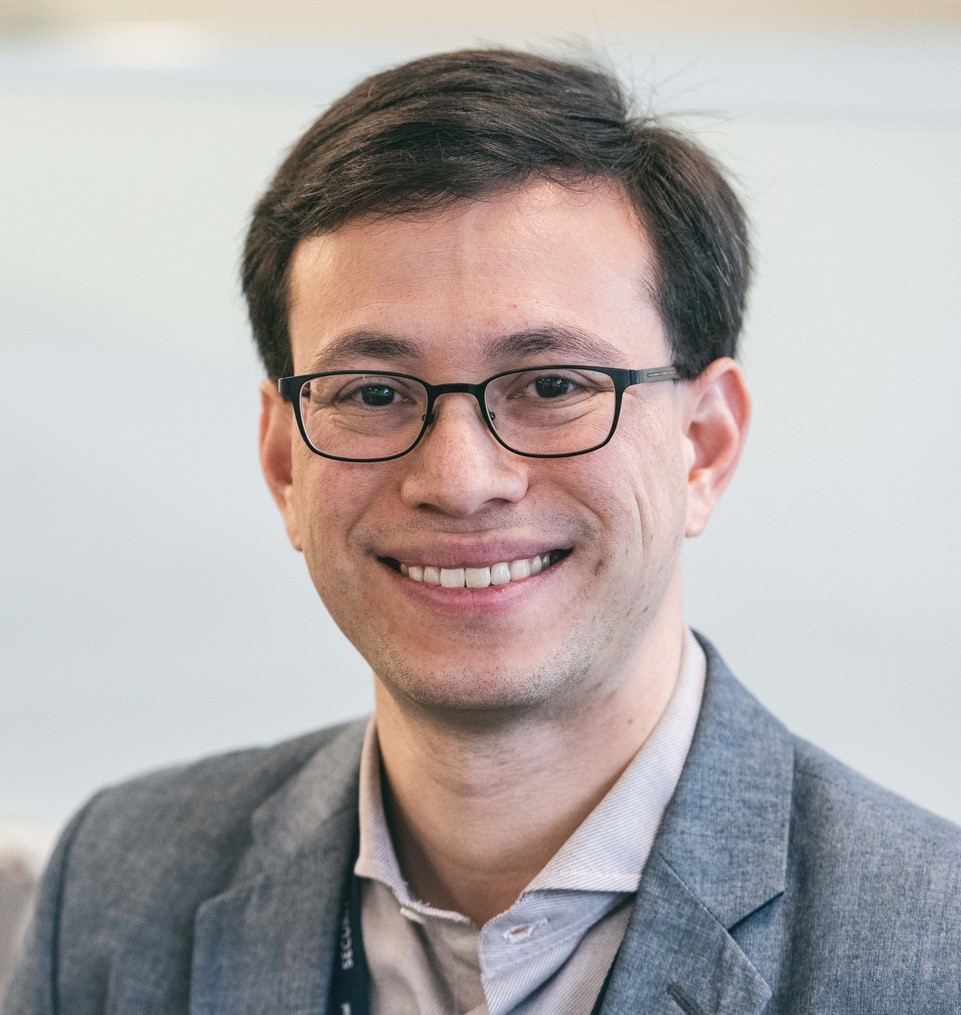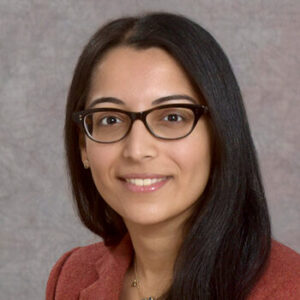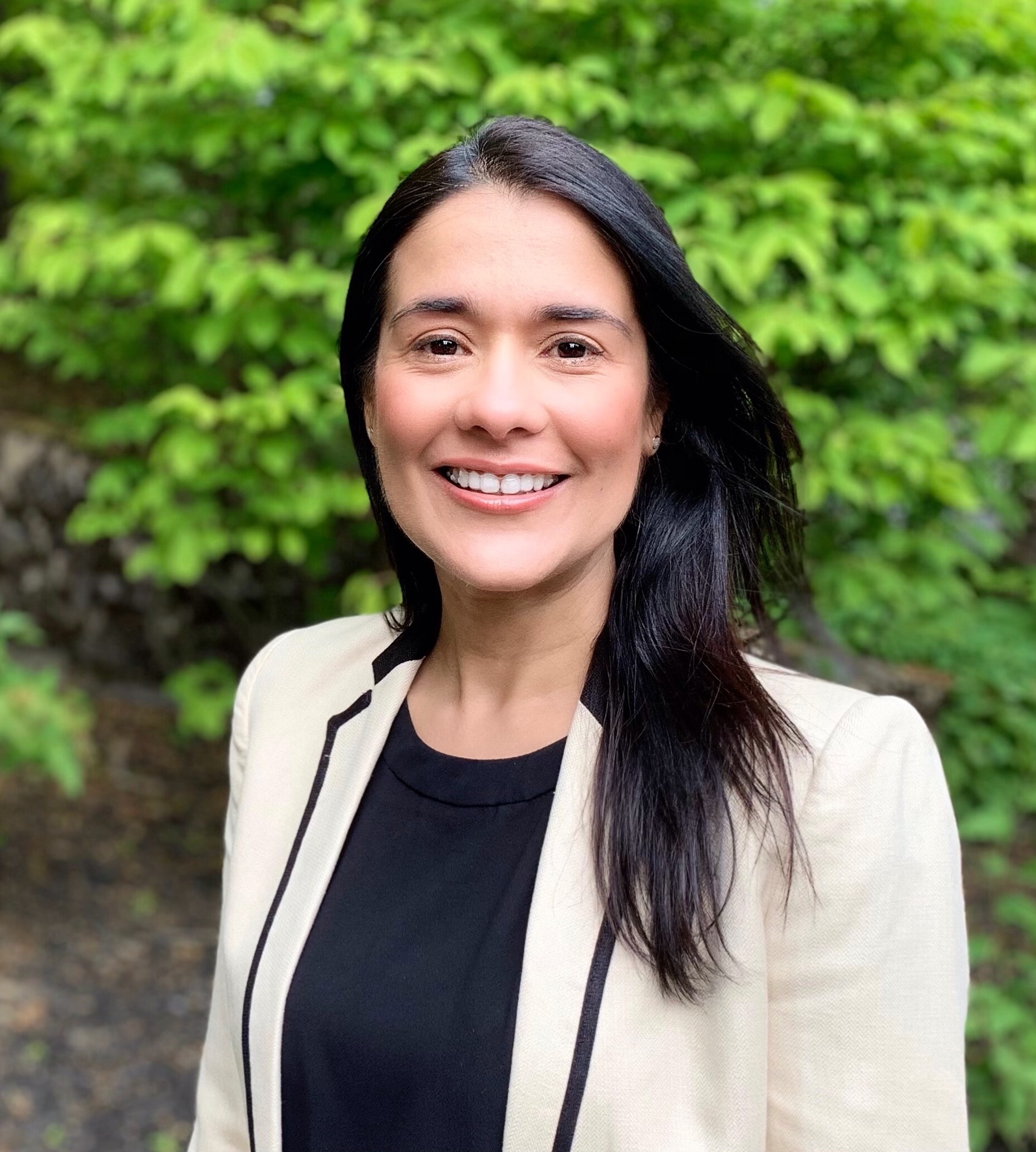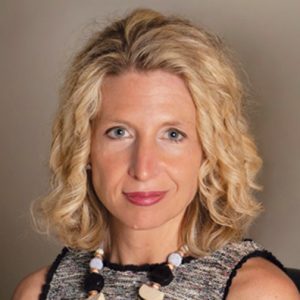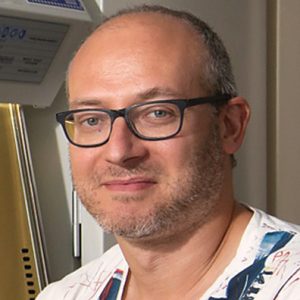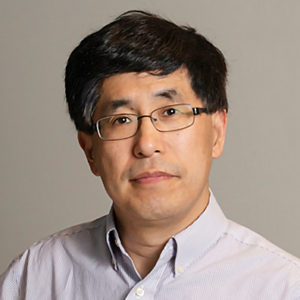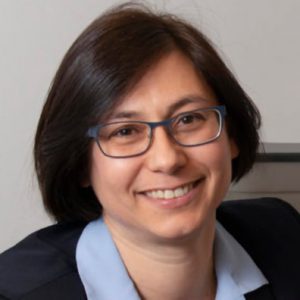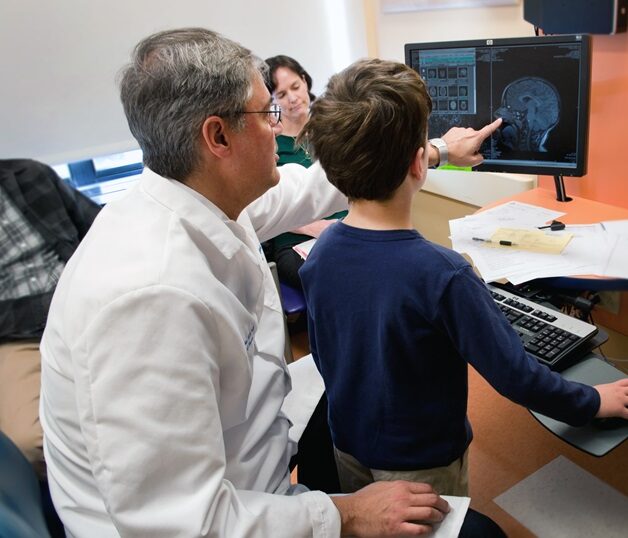Creating a Pipeline into Neuroscience
The field of neuroscience lacks diversity, and the pool of students looking to enter it is no different. There are many reasons for this, but the most essential one is the grim fact that generations of people from diverse backgrounds have not been afforded the same opportunities in the sciences as the broader population. Two promising programs one in the Department of Neurology at Harvard Medical School and the other in the Department of Neurology at Boston Children's Hospital are doing something about this.


